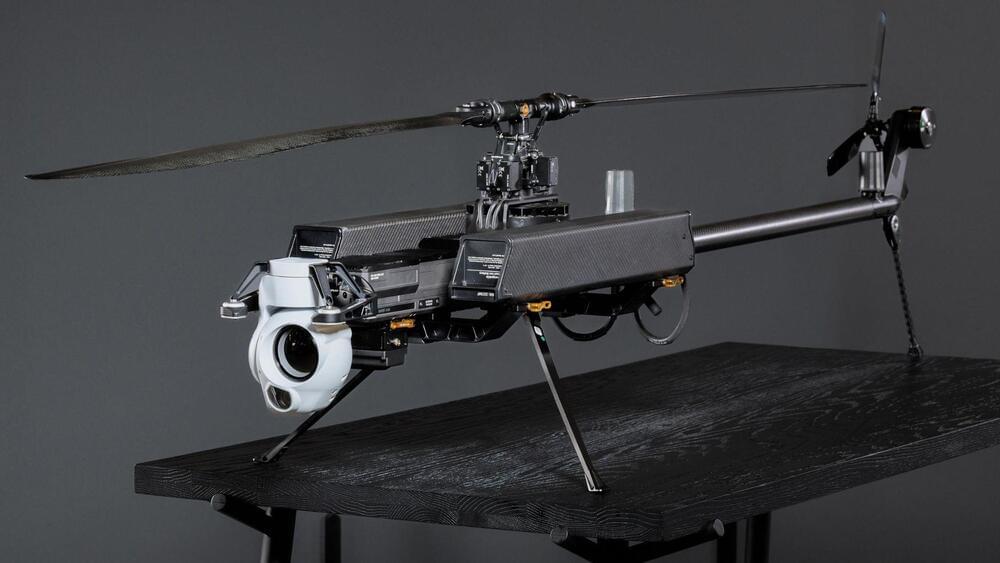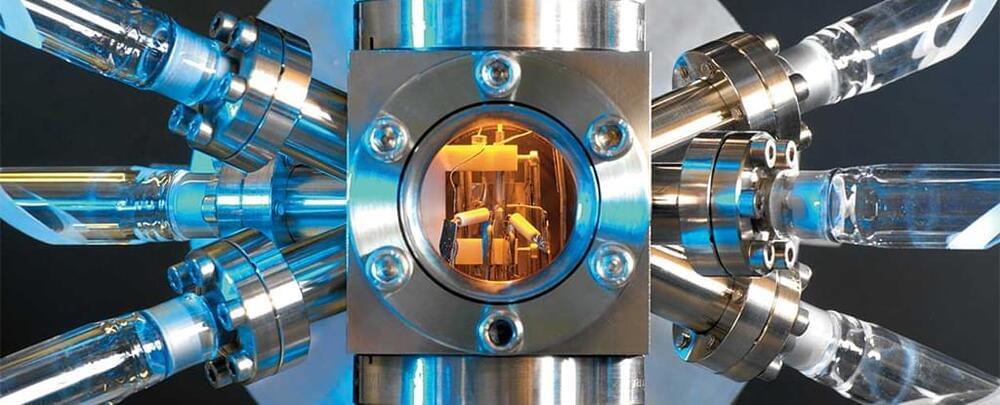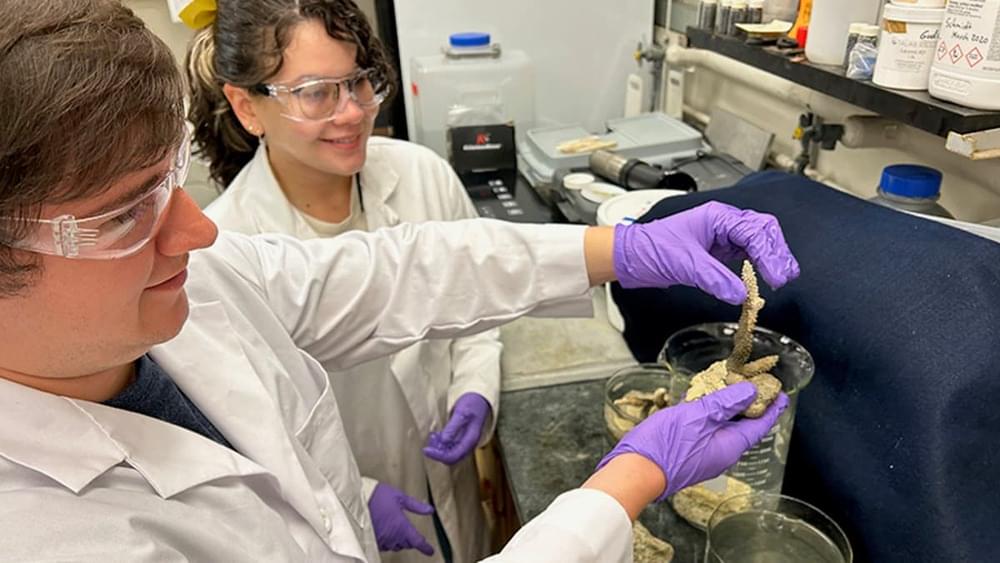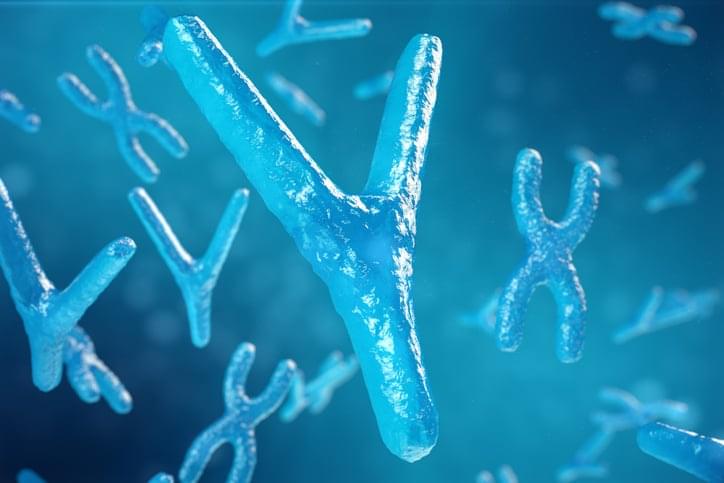The new UAV features increased payload capacity, flight time, and a long-range resilient communications kit.
Drones have become an irreplaceable piece of technology to carry out various essential activities in fields like construction, defense, aerial photography, marketing, delivery, agriculture, and rescue, among others.
Firms are making massive strides in improving their versions of drones to cater to more operational requirements. To that extent, US-based Andruil Industries’ popular Ghost drone will get an update that features increased payload and longer flying time. Ghost is classified as a group 2 UAV, as they weigh less than 55 lbs (24 kg) and operate below 3,500 feet.






